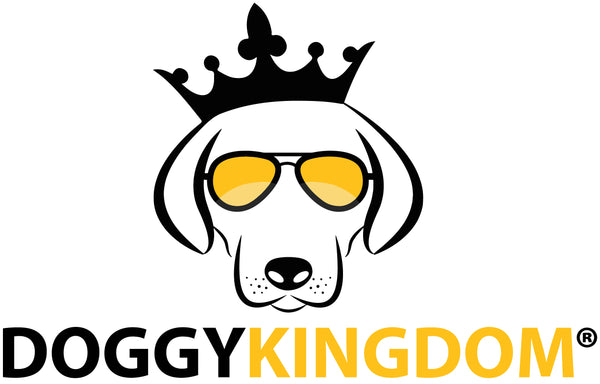Considering a Raw Food Diet for Your Dog? What You Need to Know
Share
Raw food dog diets are becoming far more common as pet owners struggle to keep their dogs healthy and afford them a long, fulfilling life. Most veterinarians agree that diet is one of the cornerstones of a healthy lifestyle and a long life. Feeding canines natural food choices is believed by many to provide benefits, but there are also drawbacks. This article will explore what you need to know about a raw food diet for your dog.
What is a Canine Raw Food Diet?
A raw food diet consists of meals that the pet owner prepares at home using only fresh ingredients such as raw meats, organ tissues, muscles, bones (crushed or whole), vegetables, fruits, and some dairy such as eggs in limited quantities. When feeding a raw food diet, you do not feed any processed or canned dog foods.
Commercial Raw Foods
You can purchase commercial raw food diets to feed your dog if you don’t want to buy the ingredients yourself. The foods are typically sold frozen, and you thaw the meals before feeding.
Things to Know About Feeding a Raw Food Diet
When you opt to prepare a raw food diet at home for your dog, you control the ingredients. You can purchase meat that is hormone and antibiotic-free or free-range. You can pick 100 percent natural fruits and veggies at farmers’ markets or your local grocery store. You have the freedom to choose only the finest and healthiest ingredients.
Nutritional Balance Challenges
A raw diet becomes a balancing act. In the wild, wolves and other wild canines will consume entire carcasses, which give them sufficient fat, minerals, fiber, and vitamins. Still, you probably won’t feed your dog the perfect balance of organ meat, muscle, bones, and greens. Creating raw diets is very much a balancing act as you struggle to provide a nutritionally complete meal for your pet.
Bacterial Contamination
Bacteria such as salmonella and E-Coli can infect raw meat, causing illness. The risk is greater if you opt to use a commercially prepared raw diet. However, all raw foods are at risk, even veggies, and fruits.
Take the time to wash all vegetables and fruit. Avoid feeding ground hamburger or sauce, which puts the dog at particular risk of bacterial poisoning due to the meat’s processing.
Human Illness Risk
Feeding your dog, a raw diet puts you and your family at risk of contracting food-borne harmful bacteria from the raw meat. Individuals who are elderly, pregnant, young, or immunosuppressed are at significant risk from uncooked foods. You can easily be exposed to the bacteria during food preparation or cleaning up your dog’s feces.
In some cases, your pet might not even show that he is sick with a foodborne illness, but the bacteria will thrive in his feces and could pose a danger to anyone who encounters the excrement.
These are just a few things that you should know when considering a raw food diet for your dog? A raw diet is a great option to provide a natural diet for your pet if you know the potential risks.




2 comments
Use freeze dryed
I have fed a raw diet for years. It can be a balancing act for sure. Many commercial raw diets are 8-10-10. adding fruit and veggies myself is a personal choice as for ingredients.
All my dogs have done very well and kept a healthy weight.
You can always tell a kibble body on a dog.